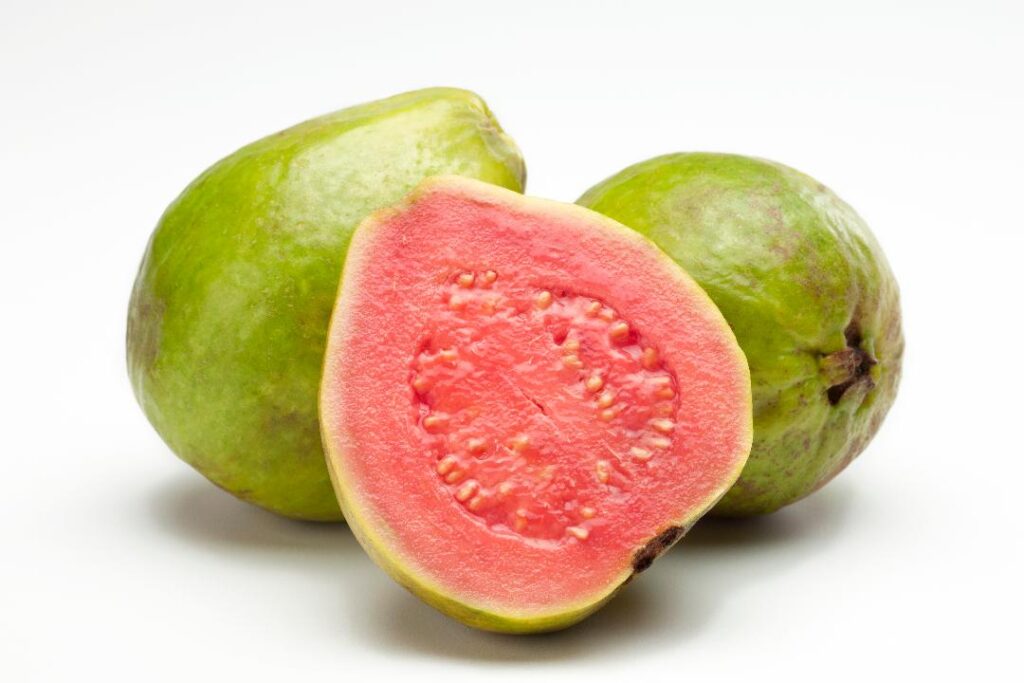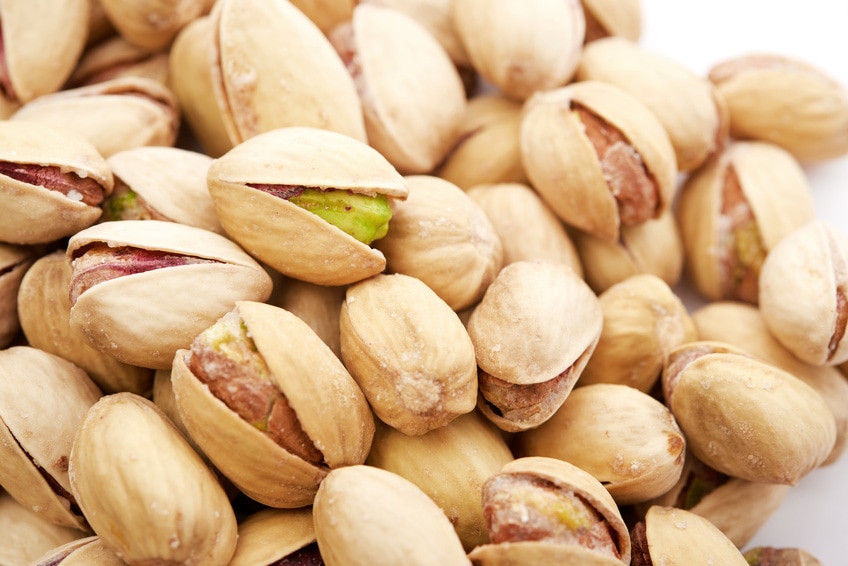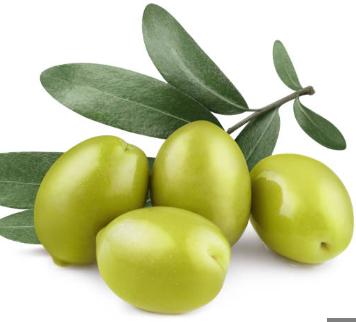Oranges are among the favorite fruits everywhere, with many different types to choose from.
You might know about navel oranges, the ones with the unique belly button-like spot. Have you ever wondered why they’re called navel oranges? In this article, we dive into the background and beginning of navel oranges to learn why they have this special name.
Table of Contents
Navel oranges stand out because they have a belly button-like spot on the bottom. They’re big, round, somewhat flat, and have a skin that’s bright orange and peels off easily. Navel oranges are sweet and juicy, full of vitamin C, and have no seeds, which is why they’re a favorite for eating as is or adding to all kinds of food.
The navel orange started as a change in a kind of orange named Selecta, found in Brazil in the 1800s. This change made the fruit create a second tiny orange at the bottom, which looks like a human belly button. This little extra orange gives the navel orange its different look.
In the United States, navel oranges are usually available from November to April, and they are at their best in December and January. They mostly grow in warm places like California, Arizona, and Florida, but they’re also found in other countries such as Spain, Italy, and South Africa.
The ‘navel’ in navel oranges refers to the mark that looks like a belly button found at the end of the fruit. This mark is made by a second, smaller orange that grows inside the bigger one. This happens because of a special change in the orange tree. While this inner orange doesn’t fully develop, it creates that belly button look on the outside.
Navel oranges were found in Brazil in the 1800s and got to the United States by the 1870s. They reached Australia in the 1880s, where at first people called them ‘belly button’ oranges. The name changed to ‘navel’ oranges later on, and that’s the name used all over the world now.
There are different ideas about where the name ‘navel’ oranges came from. Some think it’s because they resemble a belly button, also known as a navel. Another idea is that it comes from the Latin word for ‘center’ or ‘hub,’ since the mark looks like the center point of the orange. Regardless of where the name started, ‘navel’ oranges is the name everyone knows them by today.
Even if we’re not sure where the name ‘navel’ really comes from, ‘navel’ oranges are now a clear term used for this special fruit type.
Navel oranges are important for many reasons, like farming and health. Here are some highlights of their value:
- Importance in farming: People grow navel oranges all over the world. California is the biggest producer in America, followed by Arizona and Florida. They’re also grown in many other places like Spain and South Africa. They create lots of jobs and help the economy too.
- Health importance: Navel oranges have a lot of vitamin C which helps your immune system, heals wounds, and helps your body use iron. They also have fiber, folate, potassium, and things that prevent damage to your cells. Eating navel oranges regularly can help prevent diseases like heart problems and cancer.
- Cultural importance: In places like China, oranges stand for good luck and wealth, and people give them as presents during the New Year. In the US, navel oranges are a favorite fruit during the winter holidays and are often used in sweet treats, drinks, and other recipes.
- Cooking importance: You can do a lot with navel oranges in the kitchen. They’re great to eat on their own, or you can put them in salads, drinks, and smoothies. They add a nice flavor to dishes with chicken, fish, or pork and can be used to make marinades, sauces, and dressings.
Navel oranges are special because they are both tasty and good for you. They also have a big impact on farming, health, and culture in many parts of the world.
In Conclusion
Navel oranges are not only yummy and full of good things for your body, but they also play a big role in agriculture and food worldwide. The name ‘navel’ comes from the unique spot that looks like a belly button on the orange, which is actually a second tiny orange inside.
While we may not know for sure how the name came to be, it likely has to do with this feature. Today, navel oranges are a well-known and widely enjoyed type of orange everywhere you go.









